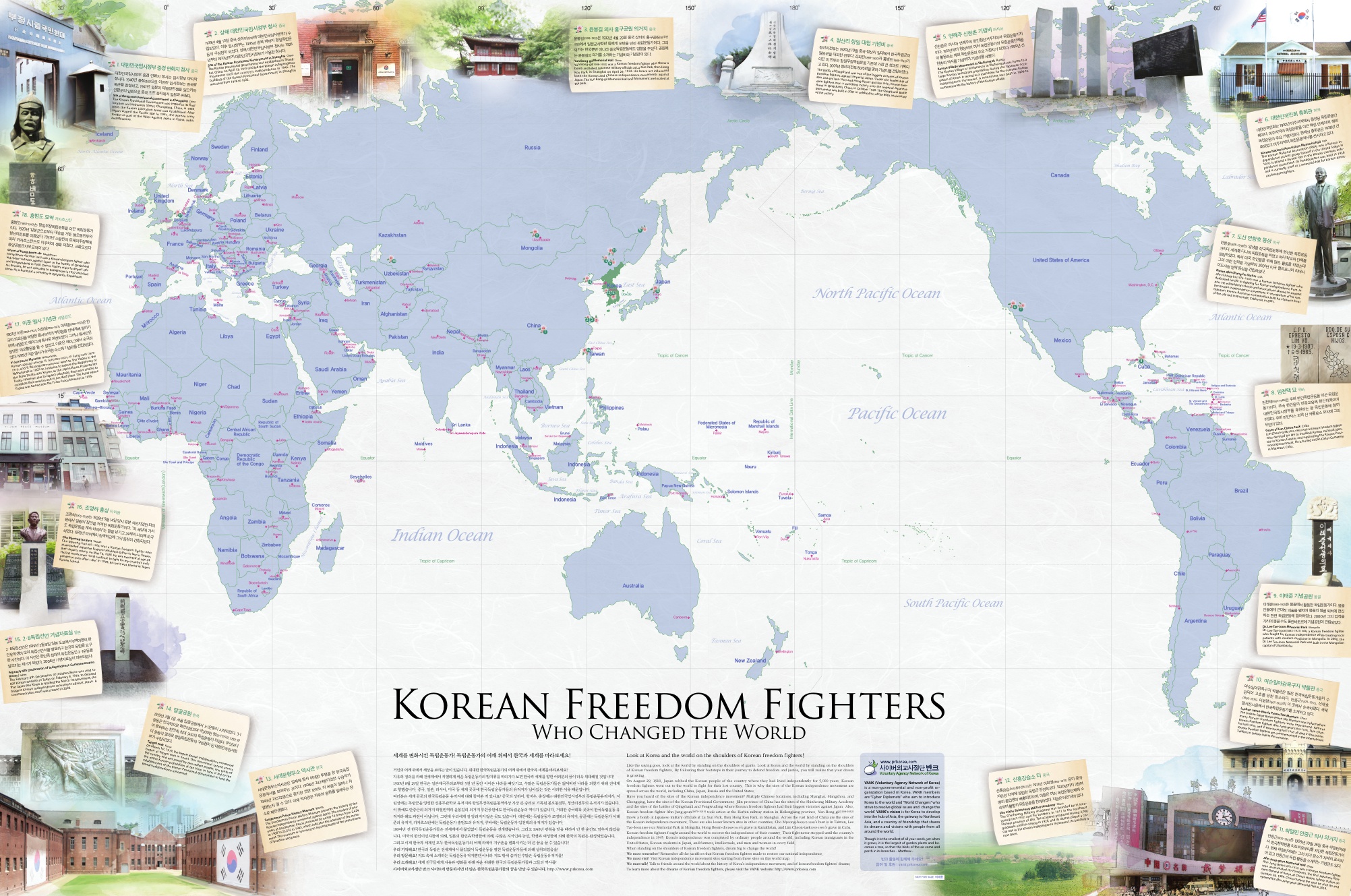
On the morning of January 21, 1919, Gojong, the second last emperor of the Korean Empire(Daehan Jeguk), died at the age of 66. The death of the Emperor shocked Korean society and the event became a turning point in the Korean independence movement. The recorded cause of death of Gojong was by natural causes. Officials suggested it was a stroke or a heart attack. However, the true nature was never revealed. Gojong made numerous efforts during his lifetime to protect the independence of the Korean Empire and he also participated in the establishment of the Korean independence movement, secretly serving as the commander-in-chief. Suspicions arose about the emperor’s death and many citizens believed that he was assassinated or poisoned. These suspicions were further instigated by vague reports about the emperor’s death in the media. According to the research data of the March 1st Movement at the Independence Hall of Korea, the news of Emperor Gojong’s death caused social chaos, and various rumors about the cause of Gojong’s death appeared in the confusion. It is also said that part of the death of Gojong symbolized the collapse of traditional Joseon society. This incident brought considerable shock and is regarded as a turning point that made the Joseon people feel that the Joseon Dynasty and the past society were over. The shock brought about by this process was expressed in various ways, and it eventually influenced a large-scale anti-Japanese protest movement.
Immediately after Gojong’s death, in order to emphasize the freedom of the Korean Empire and the identity of the Korean people, the citizens of the Korean Empire carried out the first major Korean independence protest, the March 1st Movement. There were also many Korean independence organizations and justice armies that engaged in warfare with the imperial army in Manchuria. The funeral of Emperor Gojong sparked the protest movement. According to the Independence Hall research data, the funeral of Emperor Gojong was scheduled for March 3, 1919. However, most of the leaders preparing the March 1st movement were religious, and March 3 was a Sunday. It is said that the date of the demonstration was changed to March 1. “Because of that, there were already a lot of people in Seoul on March 1st, says the research assistant at the Independence Hall of Korea. At that time, the population of Seoul was about 200,000. But it was so crowded that it was said that about 250,000 to 300,000 people came to see Gojong’s funeral.
The 3.1 movement was the most massive independence movement demonstration on the Korean Peninsula. It is evaluated as a national movement in which all Korean citizens came together to claim the independence of the Korean Empire. The reading and organization of the March 1st Declaration of Independence was greatly influenced by the February 8 Declaration of Independence, which was prepared by Korean students studying in Japan a month prior. In the afternoon, on March 1st, 1919, 33 national representatives gathered and declared the independence of the Korean Empire. After the elders read the Declaration of Independence, a wide-scale Independence protest took place that lasted from 1919 to the early 1920s. This demonstration and the feeling of independence spread rapidly throughout the country. The independence movement secured the future of Korea with the establishment of the provisional government of the Republic of Korea immediately following the movement and it also raised the voices of Korean citizens during the Japanese occupation.
Written by: Kamilah Dreux
Originally from Washington D.C , Current 4th year university student, Candidate for a Bachelor of Arts in Korean Language Flagship and Korean History at the University of Hawai’i at Mānoa, Exchange student at Korea University and Intern at VANK (Voluntary Agency Network of Korea).